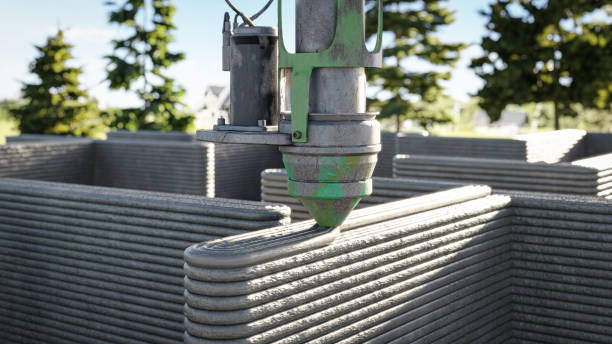
Mission Statement
Affordable Solutions Housing is committed to solving America’s housing crisis by providing quality housing that is affordable, sustainable, and efficient. Using the latest 3D concrete printing technology, we can quickly build homes that match anyone’s budget and will stand the test of time.
Origins & Technologies
The origins of 3D printing trace back to Stereolithography (SLA), the first technology developed by Chuck Hull in 1984. Hull founded 3D Systems and introduced the inaugural 3D printer, the SLA-1, in 1987. Subsequently, other 3D printing technologies emerged in the late 1980s and early 1990s. These included Fused Deposition Modeling (FDM), Selective Laser Sintering (SLS), and PolyJet. These diverse technologies employ varying materials and methods to construct 3D objects layer by layer.
Applications & Democratization
Applications of 3D printing span a wide range, including prototyping, bioprinting, prosthetics, jewelry, art, and architecture. It includes the production of intricate and customized shapes that would be challenging or impossible to achieve using conventional methods. The democratization of 3D printing occurred during the 2000s and 2010s. This led to the emergence of affordable, open-source 3D printers like RepRap and Makerbot, making 3D printing accessible to hobbyists, educators, and small businesses.
Speed
3D-printed homes can be constructed much faster than traditional buildings. The automated layer-by-layer process significantly reduces construction time, making it an attractive option for urgent housing needs or disaster relief.
Cost Savings
3D-printed homes offer lower labor costs and reduced material waste contribute to cost savings. Additionally, 3D printing eliminates the need for formwork and scaffolding, further reducing expenses.
Sustainability
3D printing minimizes waste by using only the necessary materials. It also has a smaller carbon footprint compared to traditional construction methods.
Environmentally Friendly
The efficient use of resources, reduced transportation needs, and minimal site disruption make 3D-printed houses more environmentally friendly.



